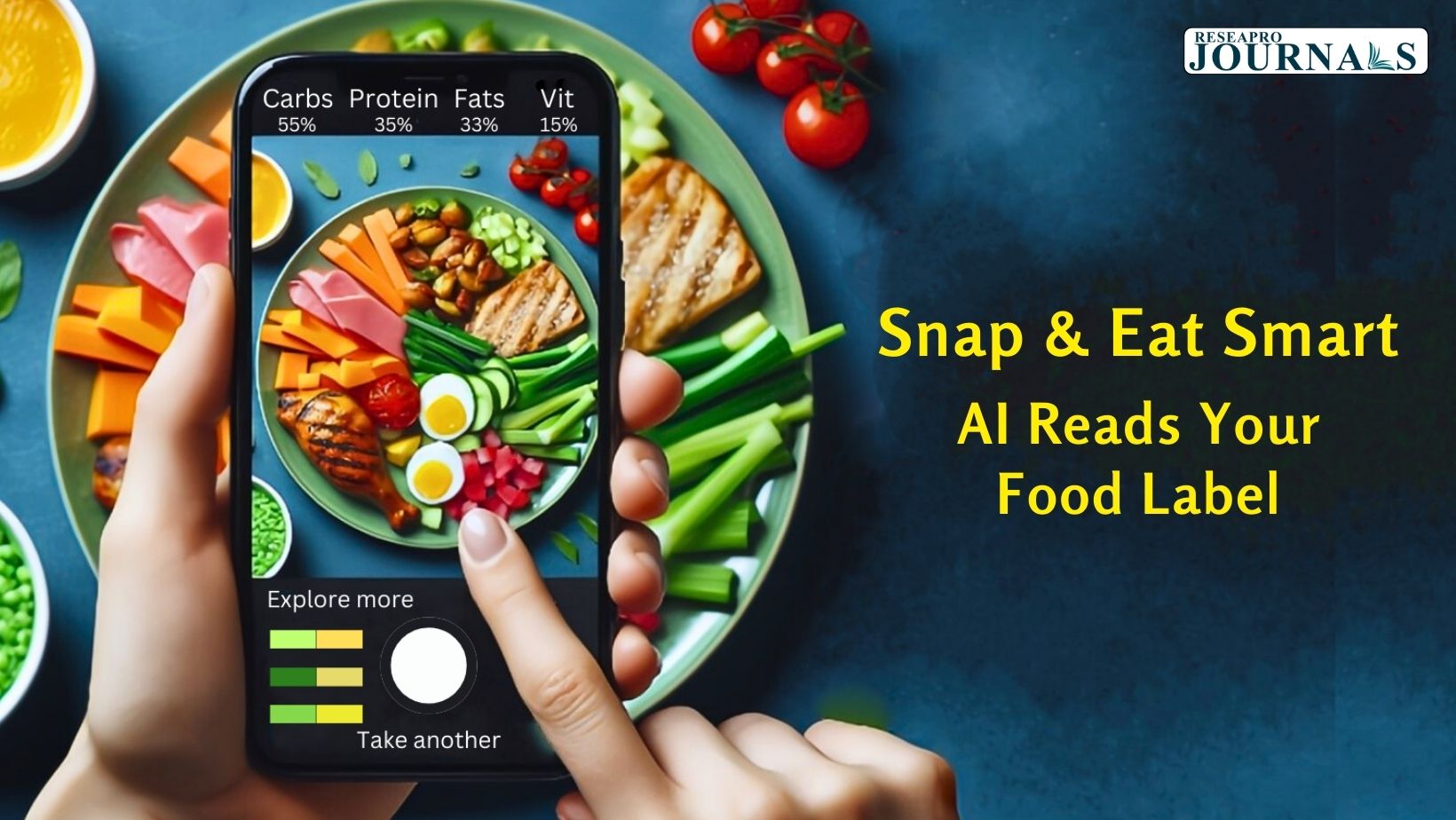
Imagine effortlessly obtaining a detailed nutritional breakdown of your lunch by simply snapping a picture. This futuristic scenario is rapidly approaching reality thanks to advancements in computer vision and deep learning.

These cutting-edge technologies are revolutionizing food analysis. Gone are the days of tedious calorie counting and reliance on generic food labels. AI-powered systems are being developed to identify and estimate the nutrients in your meals with impressive accuracy, all through the power of your smartphone camera.
The Inner Workings of AI-powered Food Analysis:
- Food Recognition: Deep learning algorithms are trained on massive datasets of food images. By analyzing visual characteristics like color, texture, and shape, the system can recognize the food on your plate with remarkable precision.
- Nutrient Estimation: Following food recognition, the system delves a step deeper. It estimates the quantities of protein, carbohydrates, fat, vitamins, and minerals present, based on the identified food and its visual properties.
The Transformative Potential of AI Food Analysis:
- Faster and Easier Dietary Tracking: This technology eliminates the need for searching for online nutritional information or meticulously measuring portions. It facilitates quick and convenient dietary tracking, empowering users to make informed dietary decisions on the go.
- Personalized Nutrition: Imagine applications that track your daily intake and recommend recipes tailored to your specific nutritional needs. This can be incredibly beneficial for individuals with dietary restrictions, allergies, or weight management goals.
- Reduced Food Waste: Gaining a clearer understanding of what you’re consuming can lead to more mindful choices regarding portion sizes, ultimately reducing food waste.
The Future Landscape of Food Analysis:
This is merely the beginning. Researchers are continuously refining the accuracy and functionalities of these systems. Here’s a glimpse into potential future applications:
- Restaurant Menu Demystification: Unsure about the nutritional content of a restaurant dish? Simply take a picture, and the app can provide an estimated breakdown of its calories and nutrients.
- Quality Control in Food Processing: Vision-based systems can be implemented to ensure consistent quality and detect potential issues with food products during the manufacturing process.
- Precision Agriculture: Farmers can leverage this technology to monitor crop health and nutrient levels, paving the way for more efficient and sustainable agricultural practices.
The Takeaway:
The integration of computer vision and deep learning is fundamentally transforming the food industry. This innovative approach has the potential to empower individuals, revolutionize food production, and ultimately contribute to a healthier future for all.
